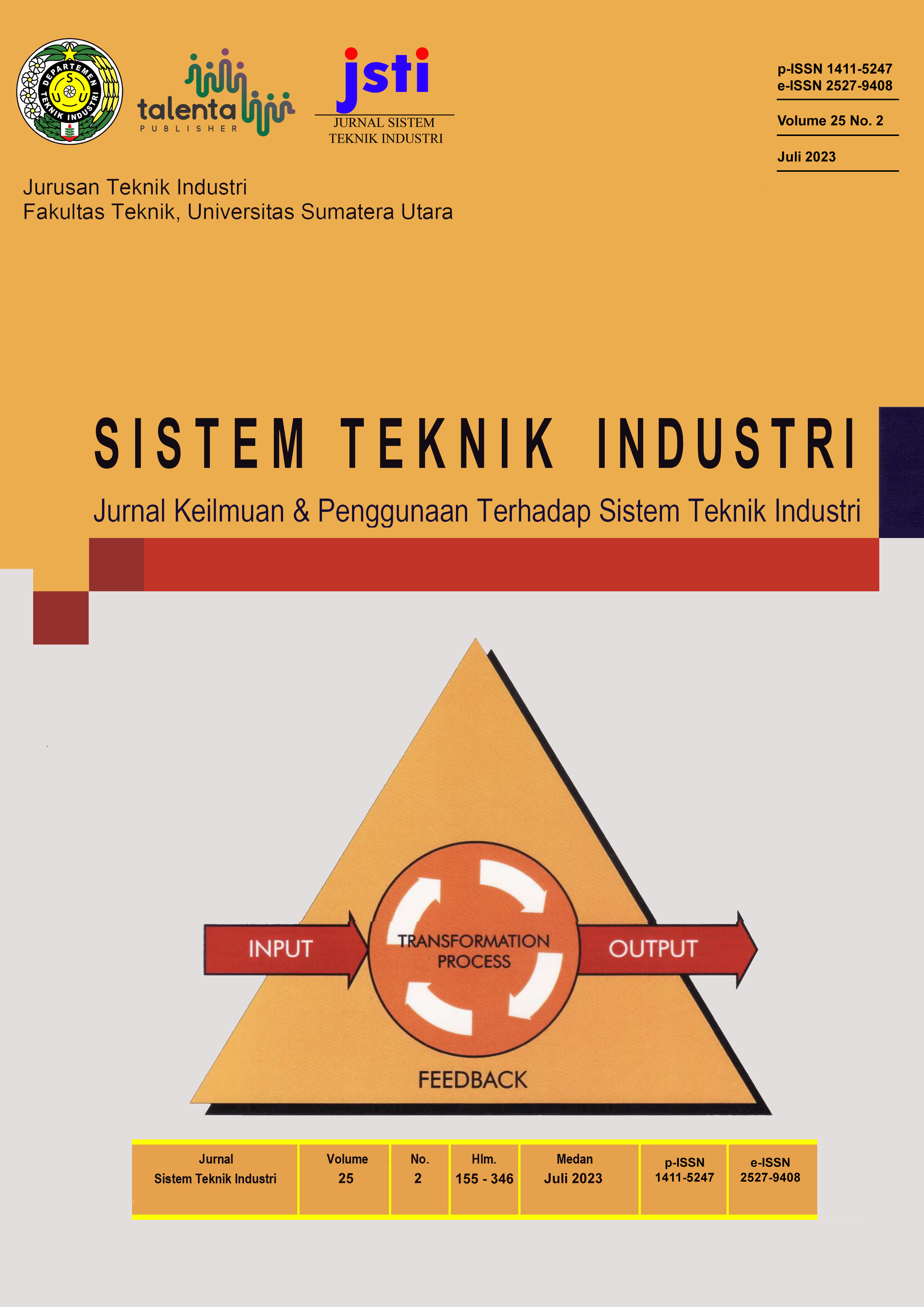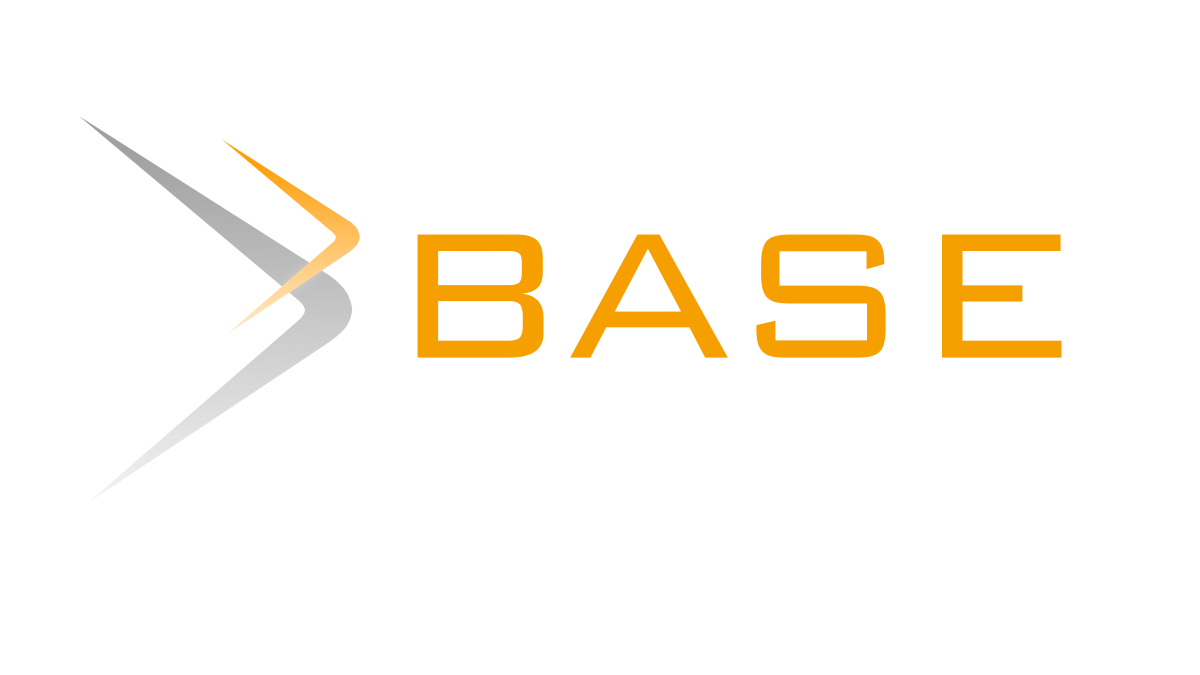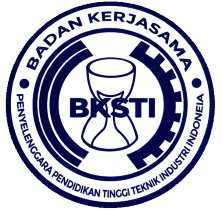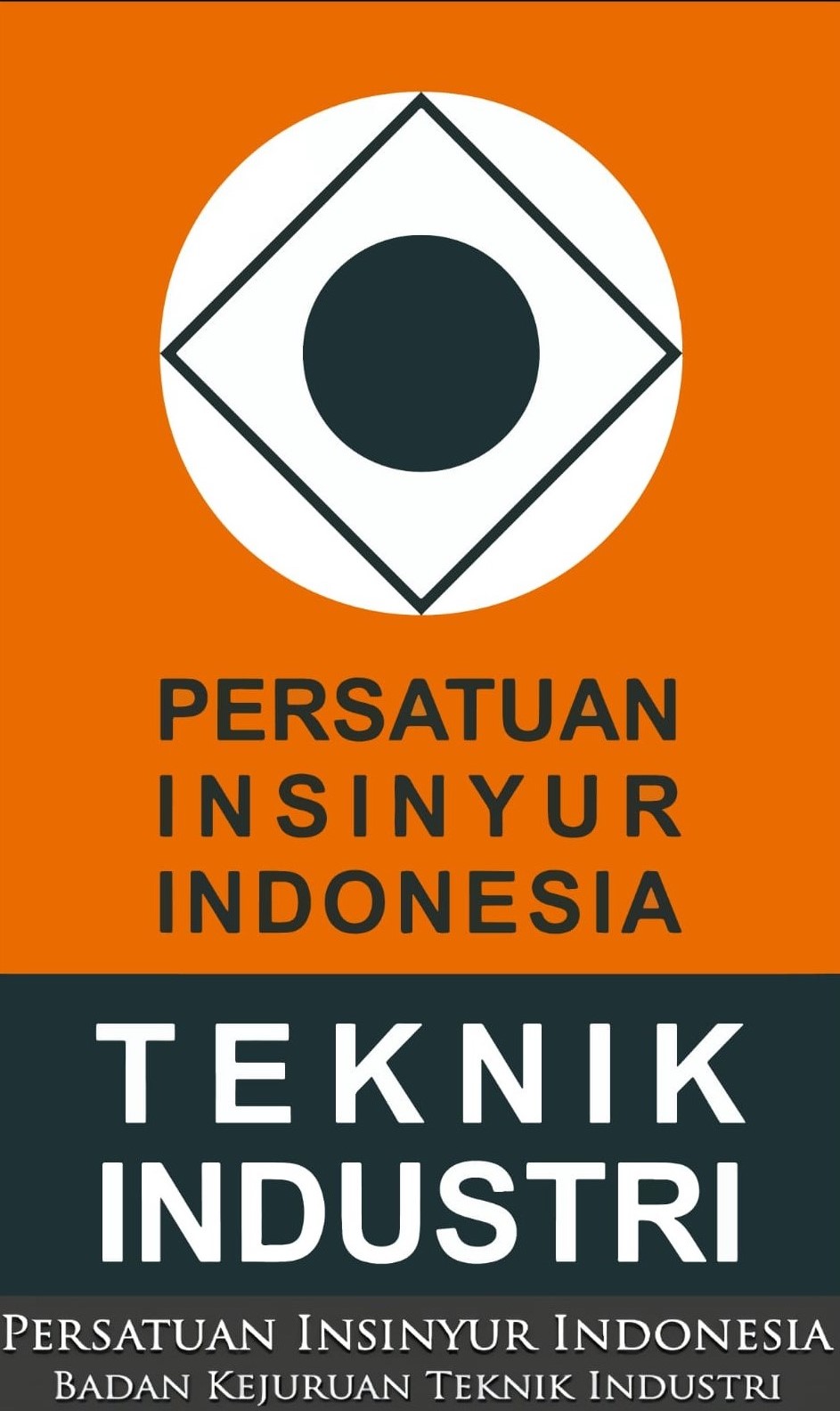Collaborative Planning, Forecasting, and Replenishment (CPFR) to Reduce Bullwhip Effect: Case Study
DOI:
https://doi.org/10.32734/jsti.v25i2.10601Keywords:
Collaborative Planning, Forecasting and Replenishment (CPFR), Bullwhip Effect, Supply Chain ManagementAbstract
Supply chain is basically an integrated system in the process of preparing and delivering products to consumers. This chain is also a network of numerous businesses that are interrelated and have a common objective. This company, which is engaged in the processing of soy sauce using soybeans as its raw material, produces sweet soy sauce and salty soy sauce. Production policy used in this industry was based on the number of requests at the store's sales area and the demand to anticipate fluctuating demand were added 10%. Inaccuracies in the number of requests result in a varied difference between the number of requests and the number of sales, causing overstocking when demand decreases or stockouts when supplies cannot meet demand or commonly known as the bullwhip effect. Based on these problems, this study aims to obtain the right production policy to minimize the bullwhip effect using the CPFR framework. The results of this study show that the bullwhip effect values ​​for sweet and salty soy sauce are 0.812 and 0.814, respectively.
Downloads
References
I. N. Pujawan, Supply Chain Management, 3rd ed. Yogyakarta: ANDI, 2017.
T. Talitha, “Permasalahan Bullwhip Effect pada Supply Chain,†Techno Science, vol. 4, no. 2, pp. 1–10, 2010.
T. S. Lengkey, L. Kawet, and I. D. Palandeng, “Perencanaan Produksi Kecap dan Saos pada CV. Fani Jaya,†Jurnal EMBA, vol. 2, no. 3, pp. 2–5, 2014.
G. Chow and T. D. Heaver, Global Logistics and Distribution Planning: Strategies for Management, 3rd ed. Taylor and Francis, 2018. doi: 10.1201/9780203753149.
A. M. Janvier-James, “A New Introduction to Supply Chains and Supply Chain Management: Definitions and Theories Perspective,†International Business Research, vol. 5, no. 1, 2012, doi: 10.5539/ibr.v5n1p194.
Darojat and E. W. Yunitasari, “Pengukuran Performansi Perusahaan dengan Menggunakan Metode Supply Chain Operation Reference (SCOR),†Seminar dan Konferensi Nasional IDEC 2017, no. 2005, pp. 142–151, 2017.
Efraim. Turban, E. R. McLean, J. C. Wetherbe, and D. E. (Dorothy E. ) Leidner, Information technology for management : transforming organizations in the digital economy, 4th ed. Wiley & Sons, 2004.
A. Scukanec, K. Rogic, and D. Babic, “Bullwhip Effect in Supply Chains,†Promet- Traffic&Transportation, vol. 19, no. 5, pp. 289–293, 2007.
D. Shimchi-Levi, P. Kaminsky, and E. Simchi-Levi, Designing and Managing The Supply Chain : Concepts, Strategies and Case Studies, no. 1. Boston: Irvin McGraw-Hill, 2000. doi: 10.1002/j.2158-1592.2001.tb00165.x.
E. Turban and L. Volonino, Information Technology for Management: Transforming Organizations in the Digital Economy, 7th ed. John wiley & Sons, 2010.
D. Seifert, Collaborative Planning, Forecasting, and Replenishment: How to Create a Supply Chain Advantage, 1st ed. New York: AMACOM, 2003.
Downloads
Published
How to Cite
Issue
Section
License
Copyright (c) 2023 TALENTA Publisher Universitas Sumatera Utara

This work is licensed under a Creative Commons Attribution-ShareAlike 4.0 International License.
The Authors submitting a manuscript do so on the understanding that if accepted for publication, the copyright of the article shall be assigned to TALENTA Publisher Universitas Sumatera Utara as the publisher of the journal.
Copyright encompasses the rights to reproduce and deliver the article in all forms and media. The reproduction of any part of this journal, its storage in databases, and its transmission by any form or medium will be allowed.



















